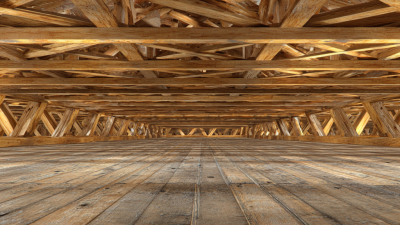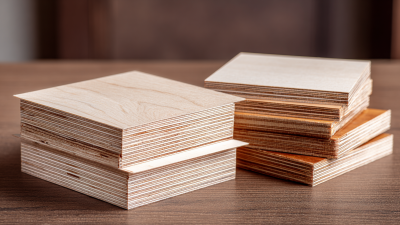Leave Your Message
-
Whatsapp
-
Whatsapp
In the realm of sustainable construction, the choice of materials significantly impacts the overall environmental footprint of a project. Among these materials, Joists Timber has emerged as a superior option, promoting both sustainability and structural integrity. According to a report by the Forest Stewardship Council, sustainably sourced timber can reduce carbon emissions by up to 70% compared to traditional materials like steel and concrete. Furthermore, the use of Joists Timber not only supports responsible forest management but also enhances energy efficiency within buildings, as natural wood provides better thermal insulation. As buildings account for approximately 40% of global energy consumption, embracing Joists Timber in construction processes is not just a choice, but a vital strategy towards achieving a sustainable future. With increasing regulations and consumer demand for green building practices, incorporating Joists Timber represents an essential step for constructors aiming to align with ecological goals while ensuring durability and aesthetic appeal.
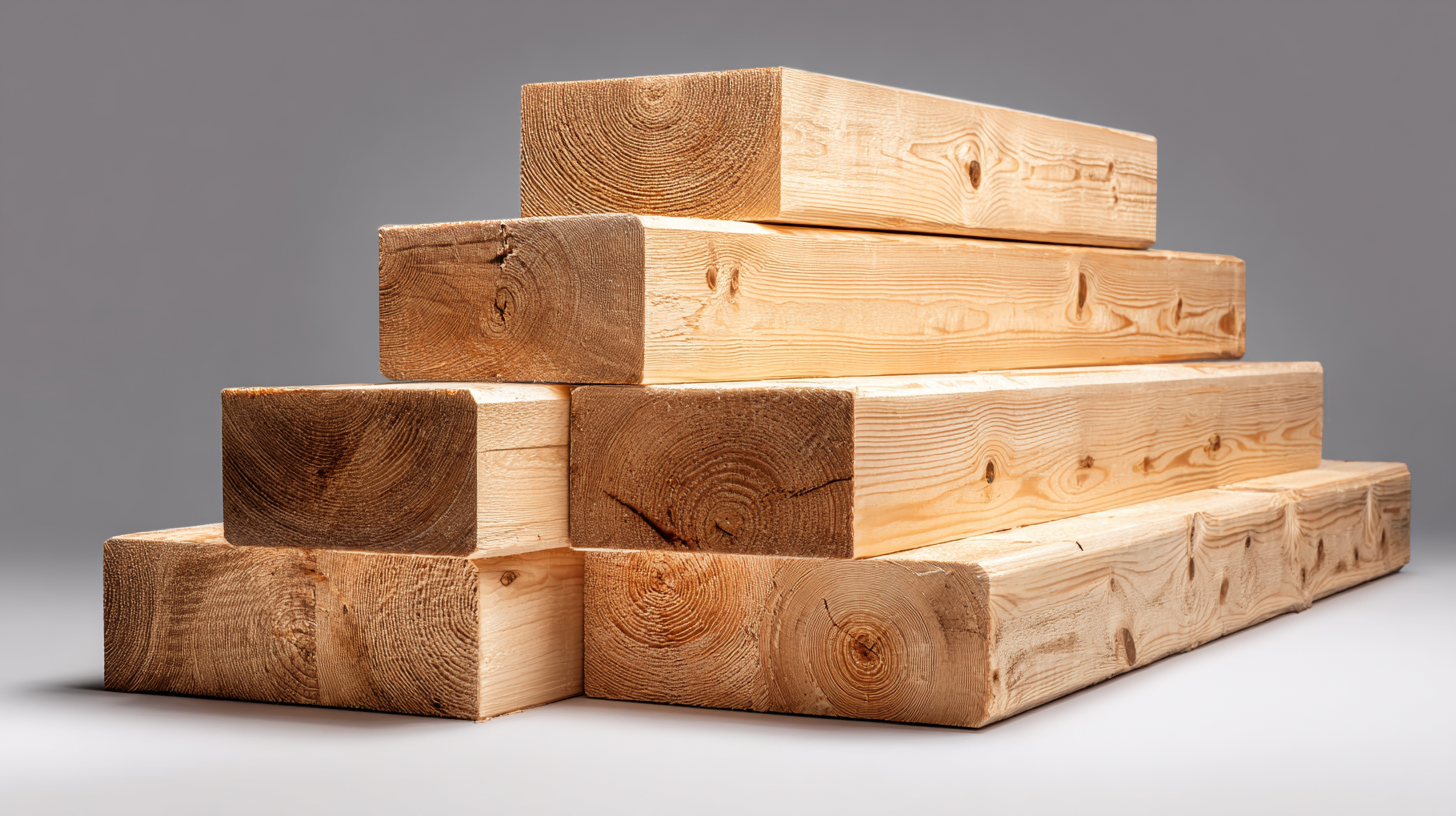
Timber joists offer significant environmental benefits that make them a preferred choice in sustainable construction. Firstly, timber is a renewable resource, especially when sourced from well-managed forests, which helps preserve biodiversity and reduces the carbon footprint. Unlike traditional building materials such as steel and concrete, which require extensive energy for production, timber sequesters carbon throughout its lifecycle. This natural ability to absorb CO2 makes timber a valuable ally in the fight against climate change.
Additionally, the use of timber joists contributes to energy efficiency during the construction process. Timber has excellent thermal insulation properties, which help maintain comfortable indoor temperatures and reduce reliance on artificial heating and cooling systems. This not only lowers energy consumption but also decreases greenhouse gas emissions over the building's life. By opting for timber joists, builders can create structures that are not only aesthetically pleasing but also environmentally responsible, aligning with the growing demand for sustainable building practices.
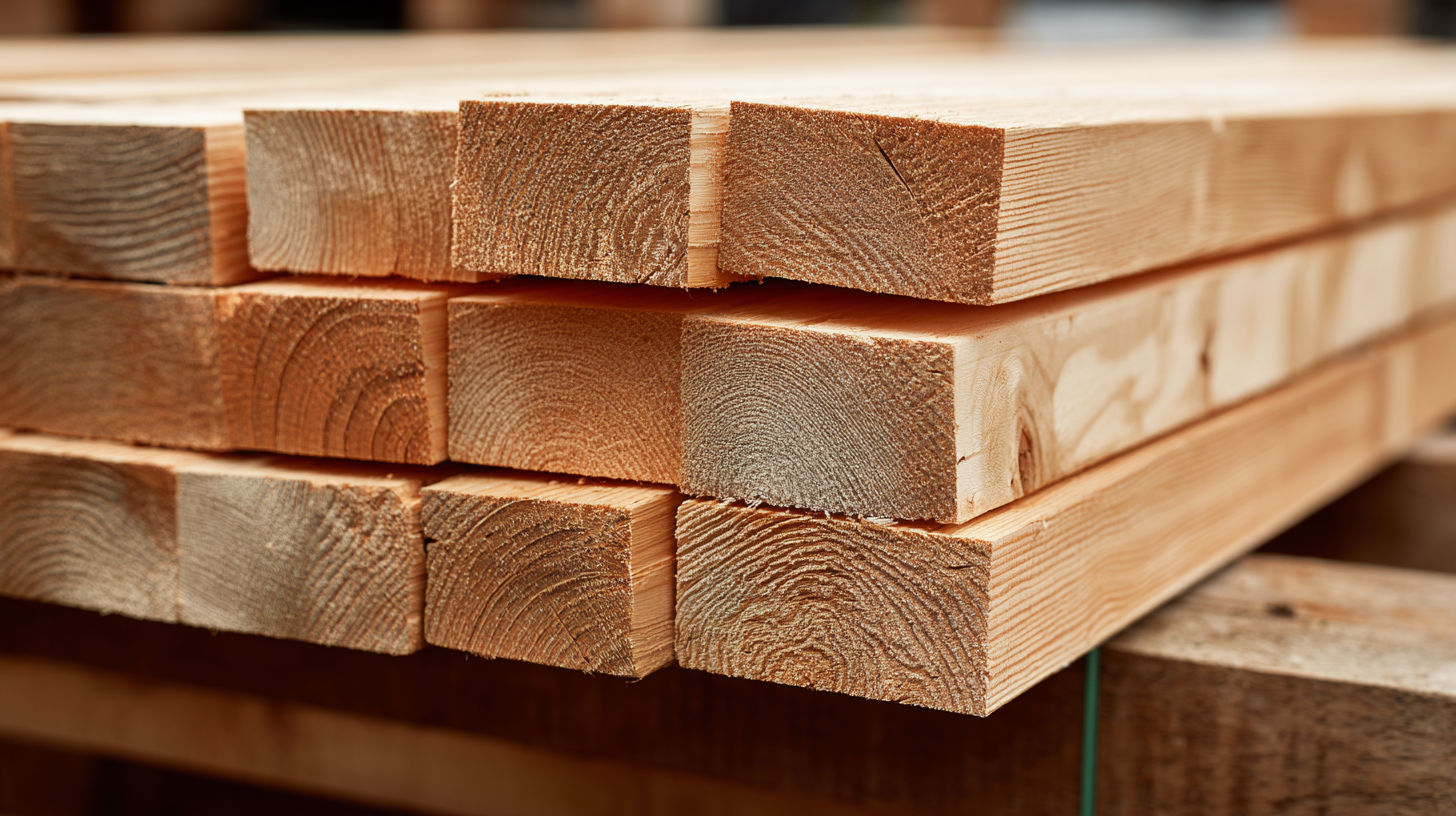
When evaluating materials for sustainable construction,
timber joists stand out due to their inherent advantages over alternative building materials
such as steel and concrete. Timber is a renewable resource, and when sourced sustainably, it has a significantly lower
carbon footprint compared to its counterparts. In contrast, the production of steel and concrete
is energy-intensive and generates higher carbon emissions, which can detract from any sustainable building efforts.
Additionally, timber's lightweight nature can result in reduced transportation emissions and less overall energy consumption
during construction.
Furthermore, timber joists offer unique benefits regarding insulation and thermal performance. Wood has natural insulating properties
that help maintain comfortable indoor temperatures, reducing energy needs for heating and cooling. This contrasts
with steel, which can conduct heat away from a building, leading to higher energy costs. With the increasing emphasis
on energy efficiency in building design, choosing timber joists can enhance the overall
sustainability of a project, making them an ideal choice for eco-conscious builders and architects looking to minimize
their environmental impact.
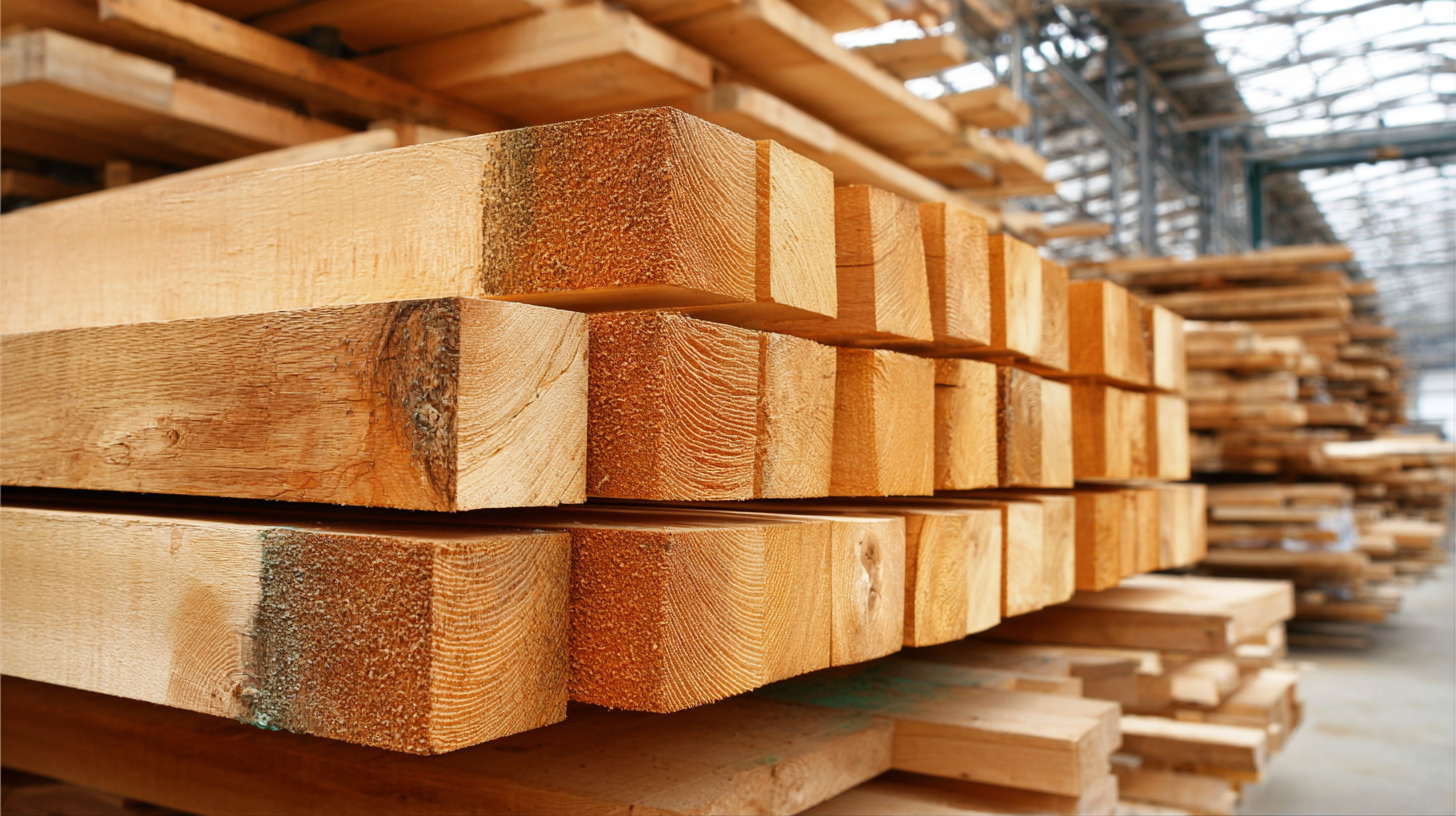 Timber joists play a crucial role in enhancing building energy efficiency, primarily due to their excellent thermal properties. Unlike many conventional building materials, wood has a natural ability to insulate, reducing the need for supplementary heating and cooling systems. This inherent quality allows structures utilizing timber joists to maintain a more stable indoor temperature, leading to lower energy consumption over time.
Timber joists play a crucial role in enhancing building energy efficiency, primarily due to their excellent thermal properties. Unlike many conventional building materials, wood has a natural ability to insulate, reducing the need for supplementary heating and cooling systems. This inherent quality allows structures utilizing timber joists to maintain a more stable indoor temperature, leading to lower energy consumption over time.
Moreover, when used in conjunction with other sustainable building practices, timber joists can significantly minimize a building's carbon footprint. The production process for timber requires less energy compared to steel or concrete, and timber itself sequesters carbon throughout its lifecycle. By integrating timber joists into construction, builders not only capitalize on immediate energy savings but also contribute to long-term environmental sustainability, making timber a top choice for modern eco-friendly designs.
Sourcing timber for construction purposes is a crucial step in ensuring a project’s sustainability. Responsible procurement of timber joists involves selecting materials that are sourced from well-managed forests and certified suppliers. This process not only supports the health of our ecosystems but also promotes the use of renewable resources. By opting for timber that adheres to sustainability standards, builders can significantly reduce their carbon footprint and contribute to biodiversity conservation.
Moreover, sustainable timber joists offer durability and performance that rival traditional materials. When sourced responsibly, these materials are often processed with less energy and fewer harmful chemicals, making them a safer choice for both the environment and the occupants of the buildings. Engaging with suppliers who prioritize sustainable forestry practices is not only beneficial for the environment but also aligns with the growing consumer demand for eco-friendly construction solutions. This conscientious approach ensures that the timber used in modern constructions helps protect forests for future generations while fulfilling the immediate needs of the construction industry.
| Dimension | Material Type | Sourcing Method | Sustainability Rating | Carbon Footprint (kg CO2e per m³) |
|---|---|---|---|---|
| Joist 1 | Engineered Wood | Certified Forests | A+ | 25 |
| Joist 2 | Solid Timber | Local Sourcing | A | 30 |
| Joist 3 | Reclaimed Wood | Recycling | A++ | 15 |
| Joist 4 | Bamboo | Sustainable Harvesting | A+++ | 10 |
The integration of timber joists in modern architecture is gaining momentum, driven by a collective move towards sustainable building practices. With the building sector being responsible for approximately 22% of global emissions, the choice of materials like timber is vital in addressing these environmental challenges.
Timber joists, due to their lightweight nature and high strength-to-weight ratio, offer innovative design solutions that cater to both aesthetic and structural requirements. The use of mass timber in projects such as the transformation of adaptive reuse buildings highlights the architectural potential of timber to create vibrant cultural hubs, marrying functionality with ecological responsibility.
Innovative applications, such as timber bridges and the design of acoustically optimized mass timber spaces, reflect a resurgence in wood architecture. Recent awards celebrating outstanding timber projects underscore a broader recognition of wood's versatility and ecological benefits. For instance, initiatives like net-zero timber design competitions are pushing the boundaries of sustainable architecture, fostering a new generation of designs that emphasize renewable resources.
As the trend for ecological materials continues to grow, timber joists stand out as a key component that not only supports modern architectural designs but also contributes significantly to reducing the carbon footprint of the construction industry.

